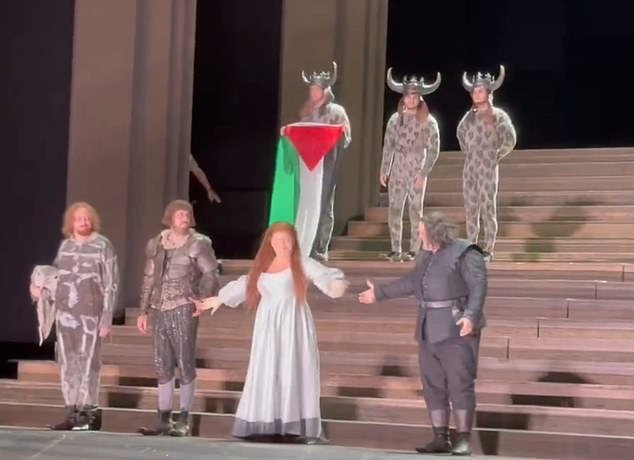When I walked into On Line: Drawing Through the Twentieth Century at the Museum of Modern Art, the first thing I saw was William Forsythe’s 1997 Solo, a dance for black-and-white film, projected on the gallery wall.
In his virtuosic squiggling, Forsythe looks as though he’s trying to disentangle himself from an invisible net—maybe something gnarled and draping, like Monika Grzymala’s “Untitled (skeleton of a drawing),” the vine-like installation which hangs over the gallery doorway and which, from afar, frames Forsythe’s moving image. Or, he could be trying to shake off something more maddeningly elusive, like the vast and delicate web suspended nearby: Ranjani Shettar’s “Just a bit more,” a constellation of tiny beeswax orbs connected by barely discernible threads.
If Yvonne Rainer, in her famously pedestrian Trio A (made in 1966, filmed in 1978), had paint on the soles of her sneakers, the markings on the floor might resemble Trisha Brown’s minimalist drawing, “Untitled” (2007), on display in the adjacent room, with its arcs that look like scuff-marks on a gymnasium floor. Brown has long dabbled in visual art, the kind that hangs on walls—though, come to think of it, her dances have hung on walls too. Reminding us of this is a video of Brown’s 1970 Man Walking Down the Side of a Building, playing alongside Trio A.
Dance, often dubbed the “stepchild of the arts,” has been enjoying a trendiness in the art world, along with other body-based performance. In the past year, to name just a few performance intrusions, Tino Sehgal’s slow-motion duet, The Kiss, planted itself in the Guggenheim lobby (though he’d tell you it wasn’t dance); Trajal Harrell brought his voguing-inspired Twenty Looks or Paris is Burning at the Judson Church (S) to the New Museum; and Marina Abramović’s re-performers, many of whom are active in the downtown dance scene, tested the limits of their physical endurance at her MoMA retrospective.
While On Line capitalizes on the trend by including dance in its expanded definition of “drawing,” the exhibit is refreshing in its thorough integration of dance with other visual arts. Watching the dances-on-camera (which range from Loie Fuller’s 1896 Danse Serpentine to Anne Teresa De Keersmaeker’s 2002 Top Shot) I found myself looking at the body in new ways, simply by virtue of its proximity to so many other investigations of “line”—painted, sculpted, photographed, drawn (in the ink-on-paper sense). Usually, when I watch Trio A I focus on the trajectories of Rainer’s body—a torso hunching, an arm reaching out. Here, I became acutely aware of the negative space and its ever-shifting contours; soon, the void seemed as alive, as expressive, as the body itself.
This way of seeing followed me back to the museum a few days later, for a live performance by Trisha Brown’s company (part of On Line and MoMA’s Performance Exhibition Series). Making excellent use of the cavernous atrium, Brown brought back three of her mathematically elegant works from the 1970s (Sticks, Scallops, Locus Solo) and, with Roof Piece Re-Layed, reinvented a fourth (Roof Piece, last seen in its 1971 premiere on a cluster of SoHo rooftops). It was, in typical Brown fashion, a down-to-earth yet otherworldly event, her dancers like uncanny hybrids between people on the street (grounded) and astronauts in space (weightless).
Most enchanting was Roof Piece Re-Layed. Stationed on nine levels of the museum and clad in deep red shirts and slacks, as in the original work, the dancers relayed gestures across wide distances, each receiving the message from one person and sending it out to another. A palm came to rest in the crease of a hip, an arm ricocheted off a thigh, two fists touched overhead. Who started the chain? It was hard to tell, impossible as it was to see all nine figures at once. But no matter. Just observing two dancers, or three—and the resonant lines between them—was mysterious enough.






